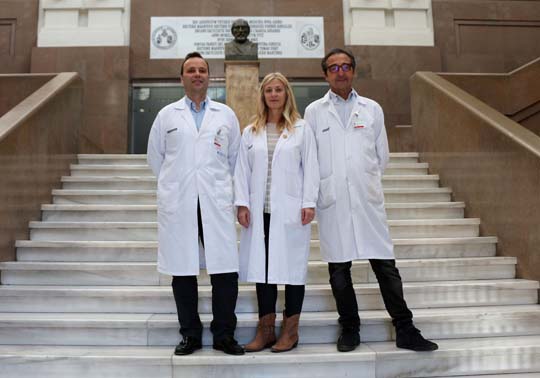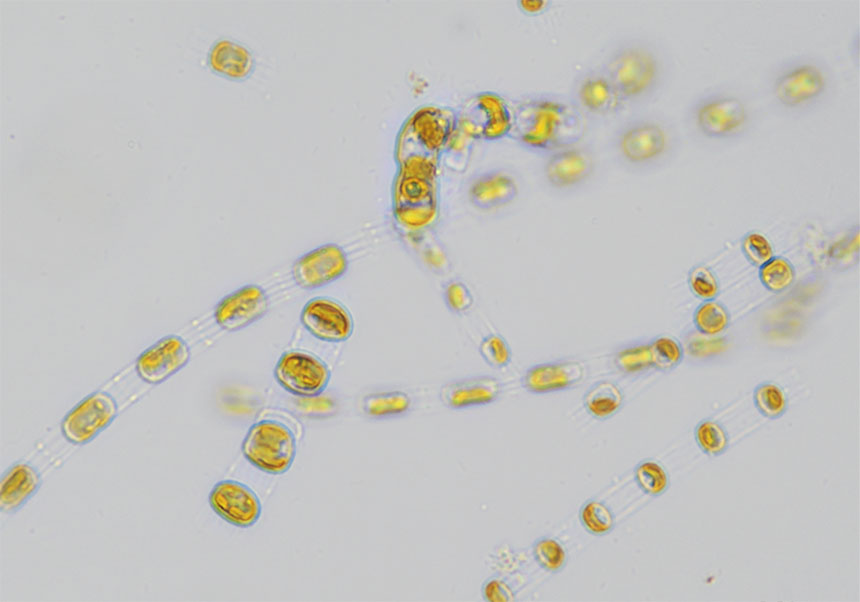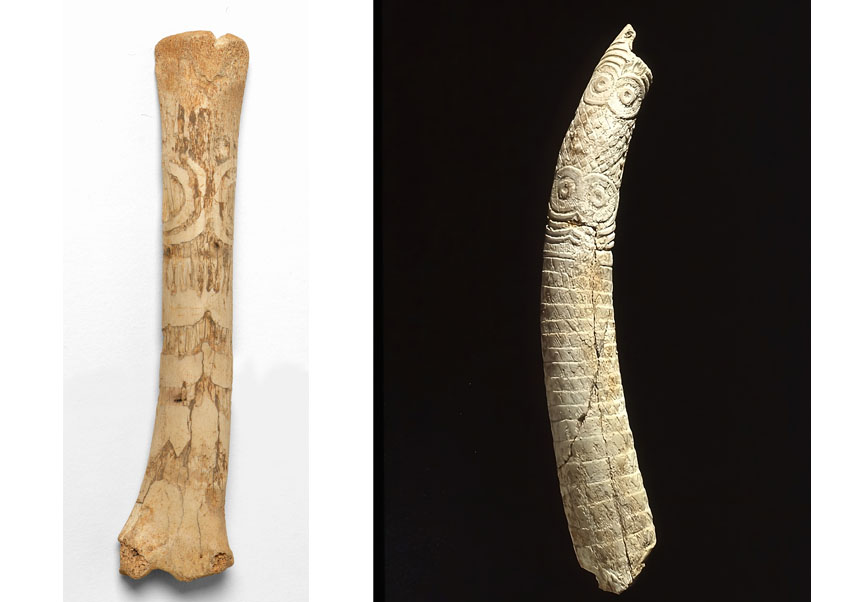The University is involved in an international study which compares two techniques to treat acute respiratory distress.
- Scientific Culture and Innovation Unit
- March 18th, 2018

The Research Group in Anaesthetic of the Universitat de València and Health Research Institute INCLIVA, headed by the professor of surgery Javier Belda, have participated in an international study which compares the effects of two medical techniques to treat the acute respiratory distress syndrome (ARDS). The work, carried out by 120 intensive care units from nine countries, concludes that the technique that expands the lung artificially improves the arterial oxygenation, but increases the risk of death in comparison to the technique that remains the lung with the collapse of the disease.
The Anaesthesiology, Resuscitation and Pain Management Unit Service of the Valencia University Hospital Clinic is the only centre in Spain that is working with the study. Patients with ARDS or acute respiratory distress have severe hypoxaemia (lack of oxygen in the blood) and they require mechanical ventilation to obtain an adequate respiration. The results of this international analysis have been published in the journal Journal of American Medical Association (JAMA).
The standard strategy effects and the open lung technique have been compared by the research group (control group). The first one remains the lung with the respiratory collapse of the disease, and the other one includes a pulmonary opening (cardiopulmonary resuscitation CPR) and the individual positive pressure adjustment at the end of the expiry. In the CPR, the lung expands artificially on a transitional and controlled basis (experimental group). It was found out that mortality is higher among the experimental patients group than in the control group.
From November 2011 to April 2017, 2.077 patients with this syndrome were assessed with moderate to severe stages of the disease. And then the data from more than 1.000 patients were chosen to analyse. During 6 months, patients were monitored 28 days each month.
“C.P.R. compressions needed by patients require professional training and experience. The research is essential in an attempt to reduce the mortality and to decrease the number of complications or long term physical damages in patients with respiratory distress syndrome”, explains Javier Belda.
The acute respiratory distress is a severe respiratory insufficiency, due to a pulmonary oedema. This is a clinical common problem among critical patients, associated with a limited quality of live in the survivors. It usually consists on a long-duration disease, with a high mortality rate. It can occur by a direct alveolar injury (pneumonia, aspiration of gastric content or pulmonary contusions, among others) or it can be a side effect of a systematic disease complication (sepsis or severe infections, major trauma caused by pulmonary contusion and several transfusions or acute pancreatitis.)
Article:
«Effect of Lung Recruitment and Titrated Positive End-Expiratory Pressure (PEEP) vs Low PEEP on Mortality in Patients with Acute Respiratory Distress Syndrome: A Randomized Clinical Trial». JAMA. 2017 Oct 10;318(14):1335-1345. https://www.ncbi.nlm.nih.gov/pubmed/28973363
File in: Recerca, innovació i transferència , Investigació a la UV , Grups de recerca , Cultura Científica , Internacionalització recerca , Difusió i comunicació científica
















